On the Edge of the World
One of my earliest journeys with a camera took me to St Kilda, an archipelago adrift in the Atlantic Ocean to the west of the Outer Hebrides, Scotland.
Hello Everyone, I hope you’re all surviving the festivities. With all the madness that seems to surround Christmas, I decided to make things easy for myself today; I’m sharing something that I wrote for one of my scant number of blogs, rather than try to craft a new piece, although I have tweaked it a little. It goes back to one of my earliest photography trips when I was still learning how to use my DSLR and had started to take image making more seriously.
Note: This post contains a lot of pictures which means it may appear as clipped or truncated in an email. To see the entire thing just press VIEW ENTIRE MESSAGE at the end of the email and you’ll see it in one. Or head to the online version.
At the beginning of July 2014, I joined a small group of photographers in Uig on the Isle of Skye to begin an adventure that would open the door on a new chapter of my life as my love of travel was re-ignited and I found joy in photography. I was heading out to St Kilda for about five days, going completely off-grid and with no option to leave if I didn’t like it. I have to admit to feeling more than a little nervous about heading off to the island, on my own, for a few days with a group of people I had never met before, not least because I am prone to seasickness! To reach St Kilda is not for the faint-hearted; it takes about four hours on a boat, and in rough weather can be slightly longer and decidedly uncomfortable. I needn’t have worried as, within minutes of us meeting up, the laughter began. Laughter that continued until we went home. It was a great group of folks and we all got on very well; several have since become good friends. We were also very lucky with both the weather and the sea crossing; we inhabited a tropical island for the entirety of the trip and the sea was pretty calm, particularly on the return trip. I subsequently returned to St Kilda in 2017 when I wasn’t so lucky with the weather or the sea crossing; it was a bit rough on the return journey! The images and text cover both visits.
St Kilda is an archipelago comprising of the main island Hirta (the only one that was inhabited), together with Boreray, Dùn and Soay, and the sea stacks Levenish, Stac an Armin and Stac Lee. It lies about 40 miles to the northwest of the Outer Hebrides off the West coast of Scotland. Hirta was occupied by Britain’s most remote community from prehistoric times up until 1930 when the last 36 residents were voluntarily evacuated; they voted to leave as their way of life was no longer sustainable. The abandoned village on Hirta still remains and has been partially restored by the National Trust for Scotland which owns the island. It’s the UK’s only double UNESCO World Heritage site.
An army base has been on Hirta since the late 1950s. Built between 1957 and 1958, the initial plans included using the abandoned township as a quarry for stone. Luckily, the planning consent specified that structures within the village head dyke1 should not be demolished. The original route of the road that now runs from Village Bay up to Mullach Sgar, one of the hills on Hirta, was also changed when it was realised that it would cause greater destruction and disturbance to the village and wildlife than previously anticipated. Inevitably, despite mitigation efforts, some aspects of the historic landscape were damaged during construction of the base. I have to admit, when I sailed into Village Bay in 2014, it was a bit of a shock to be confronted by the base in amongst the old buildings - it jarred with the landscape.
However, the site has since been redeveloped and new buildings have been designed to sensitively blend into the landscape with a large area between the Manse and a building, which used to house MoD accommodation, now cleared.
Hirta rises steeply out of the storm-tossed Atlantic Ocean, its sheer cliffs echoing with the clamour of thousands of seabirds. A magical atmosphere surrounds the islands. It creeps into you as you arrive and its tendrils entwine around your soul until you become engulfed; it’s a wrench to leave. I can’t put my finger on what makes it feel so magical; possibly a combination of the remoteness, the sense of history that pervades the village, and the mercurial weather.
The Village as seen today was laid out by the minister, the Reverend Neil Mackenzie, in the 1830s and consists of a crescent of houses with associated cultivation plots, all within a head dyke. The houses built in the 1830s were typical Hebridean black houses, single-roomed with the cattle being accommodated in them with the family in winter. When you stand in them, you appreciate just how small they are and it’s not difficult to imagine how dark, smoky and smelly they would have been. There is a wonderful story of one of the Ministers going to visit a family and having to be pulled into the house over the dung that had accumulated.
These houses wouldn’t have differed much from those that Martin Martin2 observed on his visit to Hirta in 1697:
"The distance between their houses is by them called the High Street: their houses are low built, of stone, and a cement of dry earth; they have couples and ribs of wood covered with thin earthen straw, and the roof secured on each side with double ropes of straw or heath, poised at the end with many stones: their beds are commonly made in the wall of their houses, and they lie on straw, but never on feathers or down, though they have them in greater plenty than all the Western Isles besides. The reason for making their bed-room in the walls of their houses, is to make room for their cows, which they take in during the winter and spring."
In the 1860s, new houses were built. These were to a standard Hebridean design with an entrance lobby, small closet behind, and two main rooms. However, they weren’t as practical as the old black houses as they faced on to the weather coming in off the sea rather than being end on as previously.
The cleitan of St Kilda are the most numerous and distinctive structure on the islands; 1337 have been mapped on Hirta, 60 on Boreray, 33 on Soay and 80 on Stac an Àrmainn. They are narrow, sub-rectangular drystone buildings, roofed with transverse lintels and covered with an earth and turf cap. They probably developed out of the need to store a large quantity of eggs and fowl; the St Kildans ate a large quantity of seabirds and their eggs.
"...the Solan Geese [gannets] are very numerous here, insomuch that the inhabitants commonly keep yearly above twenty thousand young and old in their little stone houses, of which there are some hundreds for preserving their fowls, eggs, etc. They use no salt for preserving their fowl; the eggs of the sea wild-fowl are preserved some months in the ashes of peats, and are astringent to such as be not accustomed to eat them."
Martin Martin
Sounds delightful! The cleitan were also used as peat stores. Quite why so many were built, and in some hair-raising locations, is anyone's guess.
Fulmars were also an essential part of St Kilda's economy. The agricultural cycle had to fit around the main fulmar harvest. It seems almost inconceivable now that seabirds such as these would be considered a crop, but to the St Kildans they provided feathers, oil and meat. The young fulmars were almost fully fledged by the beginning of August and ready for killing. The men culled the birds by descending the sheer cliffs with only a rope around their waists; a lighter man went down the cliff while a heavier man was his anchor.
Electricity came to St Kilda in 1958 with the construction of the military base. Prior to that, the St Kildans lit their homes with lamps burning fulmar oil. I don’t want to imagine what that smelled like!
"When anyone approaches the fulmar, it spouts out at its bill about a quart of pure oil; the natives surprise the fowl, and preserve the oil, and burn it in their lamps"
Martin Martin
Wherever you go on St Kilda involves an uphill hike. One of the best view points to Boreray, another island in the archipelago, is from The Gap. The walk up can best be described as a bit of a slog - it is literally straight uphill from Village Bay. I’ve now done it several times and, believe me, it doesn’t get any easier the more you do it!
Boreray is the smallest Scottish island to have a summit measuring over one thousand feet and is home to the rarest breed of sheep in the UK, the Boreray sheep, which are not to be confused with Soay sheep as they are genetically distinct.
To the left in the images are two sea stacs: the one in the foreground is Stac Lee (165m) and the one behind it is Stac an Armin, which is slightly higher and, at 191m, is the highest sea stac in the UK. The island and the stacs are home to a myriad of seabirds, including one of the largest gannet colonies in the world.
Gleann Mor and Glen Bay are on the opposite side of Hirta to Village Bay. To get there involves a long, slow climb to the saddle below Mullach Sgar. You can then head straight down the glen or, as we did, continue round the cliff head, past the Lover's Stone to Mullach Bi and beyond. The origins of Gleann Mor lie in prehistory, but the area was used latterly by the St Kildans as summer grazing.
The Lover's Stone is so named because there is a story that the young men of St Kilda, before they could marry, had to prove they were able to provide for a family by climbing the rocks to catch birds for food. They had to balance on their left foot over the edge of a protruding rock, place their right foot in front, bend down and make a fist over their feet. This balancing act was proof of their agility on the rocks. The image below is me on the rock having gone far enough towards the edge (in my opinion!), and keeping both feet firmly on the stone!
The Tunnel is a wonderful geological feature on the north side of the island, which involves a descent into Glen Bay to reach it. The sea enters from both ends of the Tunnel, which made for interesting conditions the day we visited as the sea was quite rough. Normally, you can get a shot out towards Boreray, framing it in the mouth of the tunnel, but the rocks were just too slippery to do that safely so I had to make do with a partial view; although I did get one from the boat the day we left.
An Cambar, the most northerly point on Hirta, is the best place to see Soay, which is the second largest island in the St Kilda archipelago and where the sheep that now roam Hirta are derived from. All the Soay sheep in the world are descended from those on Soay. They are much smaller than other sheep and provided the St Kildans with wool, mutton and milk.
Who doesn't like puffins! They are such comical little birds to watch - full of character. We had camped out overnight at An Cambar in the hope that we would get a great sunset and sunrise at what felt like the edge of the world. Sadly the weather didn't cooperate, but seeing these little guys more than made up for it.
This has to be one of the most stunning locations for a cemetery, overlooking Dùn and Village Bay.
Living on the edge as the St Kildans did, carrying out fowling on the precipitous cliffs or travelling by boat to the neighbouring islands and stacs to find birds, you would imagine that accidents on the cliffs or drowning would have accounted for many premature deaths. In fact, it is quite the opposite - there are only two recorded drownings in the documented history of St Kilda and very few St Kildans fell on the cliffs.
The main cause of death on the island was disease. They suffered a leprosy outbreak in the late 1600s; smallpox in 1724, which ravaged the population leaving 4 adults and 26 orphaned children to carry on life; cholera in the early 1800s; and influenza in 1913. Every household possessed a bottle of whisky or port reserved exclusively for medicinal purposes, and it usually proved itself the best cure for all ills.
By the late 1800s, the islanders were being vaccinated against the more dangerous diseases. The one disease that could not be vaccinated against was that which caused the phenomenally high infant mortality rate on the island: neonatal tetanus. On average, more than 70% of newborn babies died of tetanus before they were 10 days old. It must have been heartbreaking for the pregnant women knowing that the child they were carrying was unlikely to survive. One woman gave birth to 12 children, only one of which survived.
Mourning on St Kilda lasted a week and was intensely emotional, probably reflecting in part the seriousness of loss of life in a community so small and which struggled continually with a decreasing population.
Life was far from easy on Hirta. In 1852, 36 inhabitants left St Kilda bound for a new life in Australia. Most had never left the island before so goodness knows what they would have made of Glasgow and Liverpool. Probably not unlike the man who visited Glasgow in the 1600s:
"Upon his arrival in Glasgow, he was like one that had dropped from the clouds into a new world, whose language, habit, etc were in all respects new to him: he never imagined that such big houses of stone were made with hands; and for the pavements of the streets, he thought it must needs be altogether natural; for he could not believe that men would be at the pains to beat stones into the ground to walk upon."
Martin Martin
Unfortunately, due to their lack of resistance to most common diseases, over half the St Kildan emigrants died on the journey or soon after arrival whilst in quarantine. It was almost a year later before friends and family on the island heard of their fate.
On 29th August 1930, the last 36 St Kildans still living on Hirta were evacuated from the island by the H.M.S Harebell. Recognising that their way of life was no longer sustainable, they had taken the decision to leave. It is documented that they were sad, but not sorry, to be leaving. As I left the island, I couldn’t help but wonder what was actually going through their minds as they looked at this view for the last time and contemplated what the future held.
I’ve been fortunate to have visited the island twice now and very much hope to go back again. Anyone who has been will tell you that you won’t want to stop at one visit.


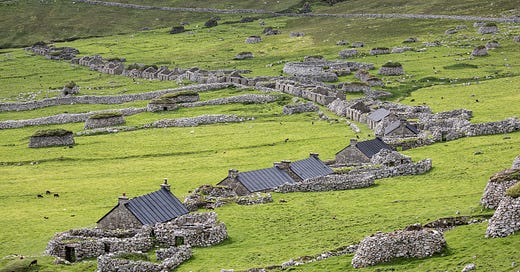





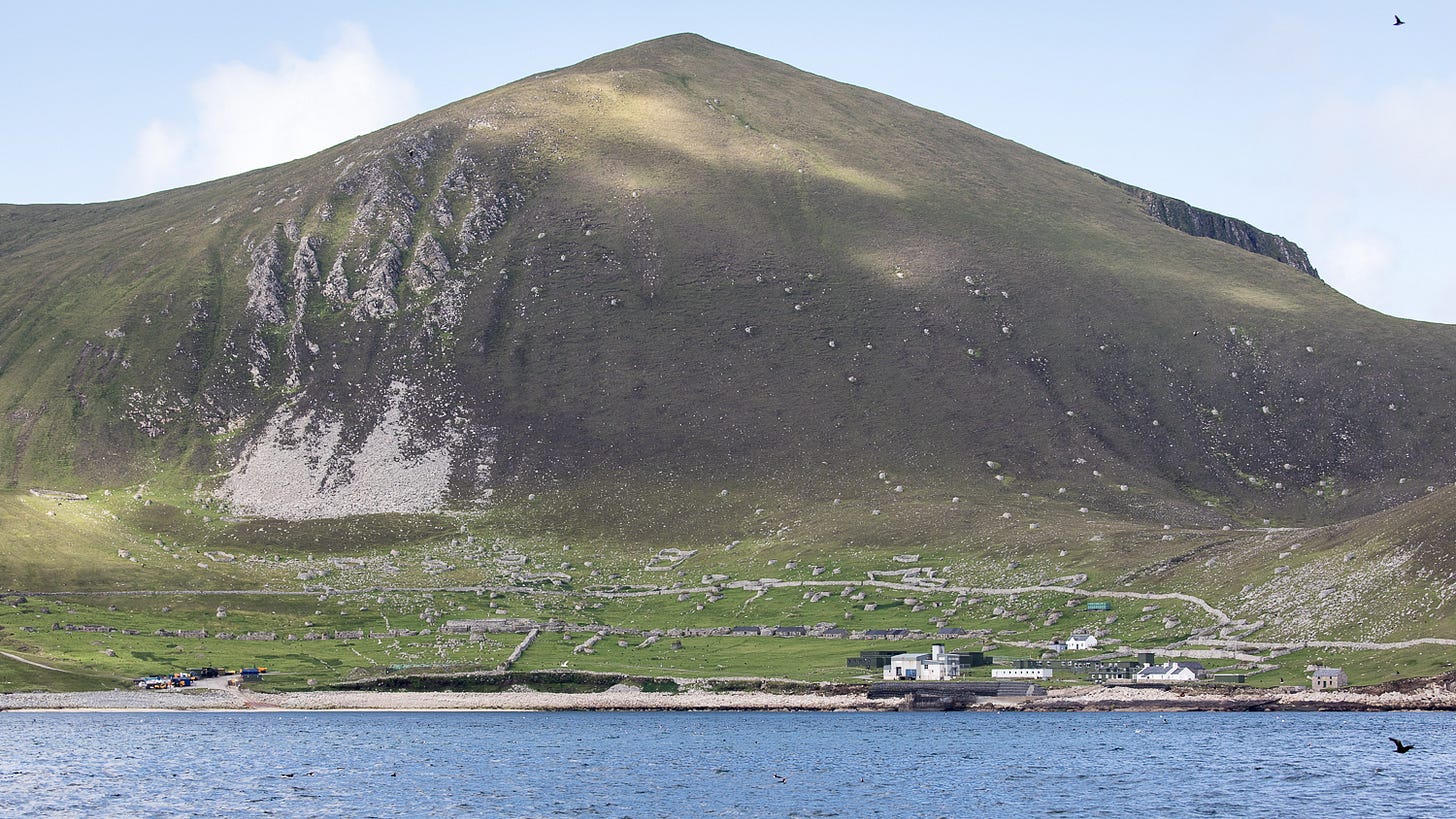




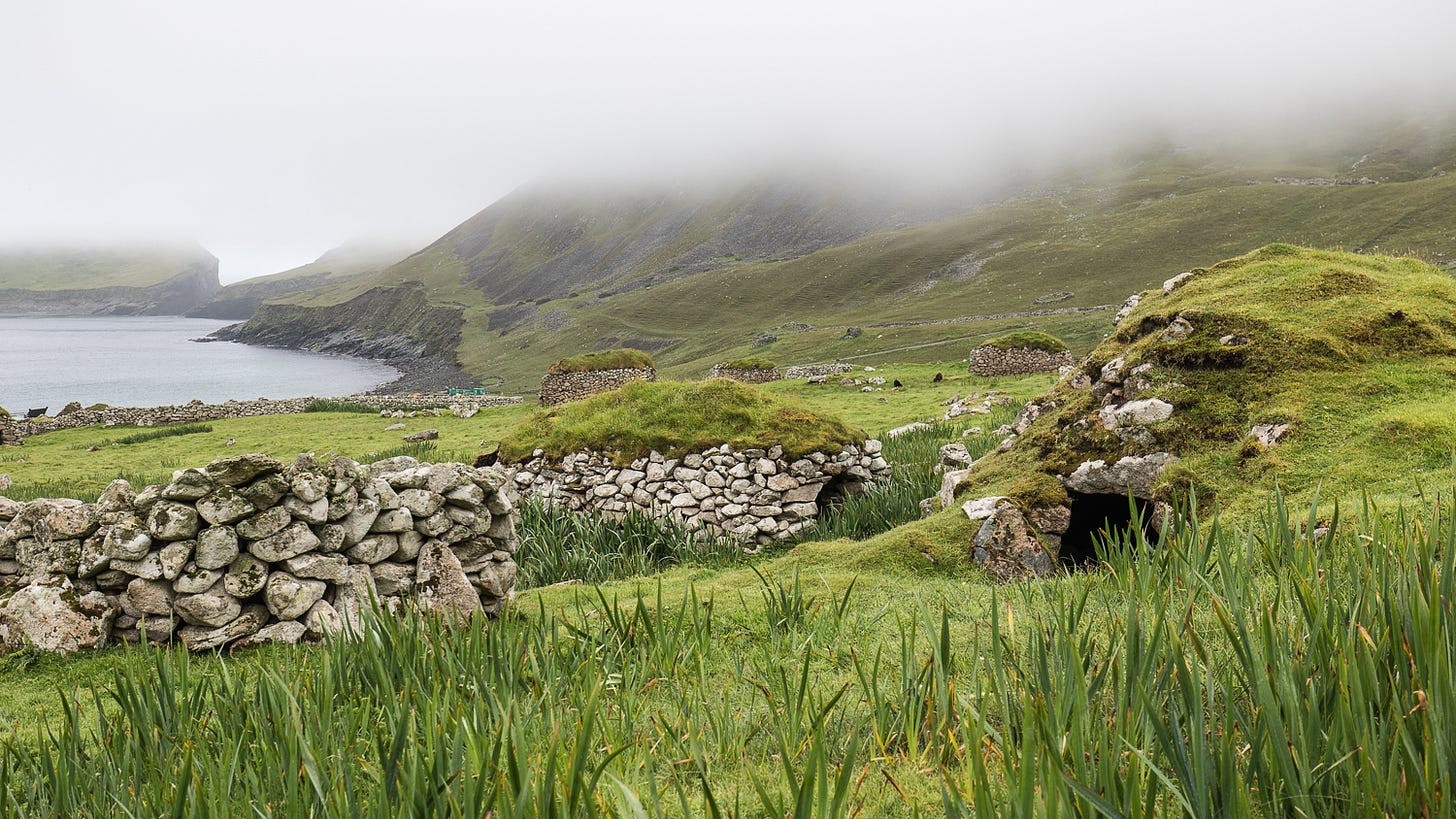
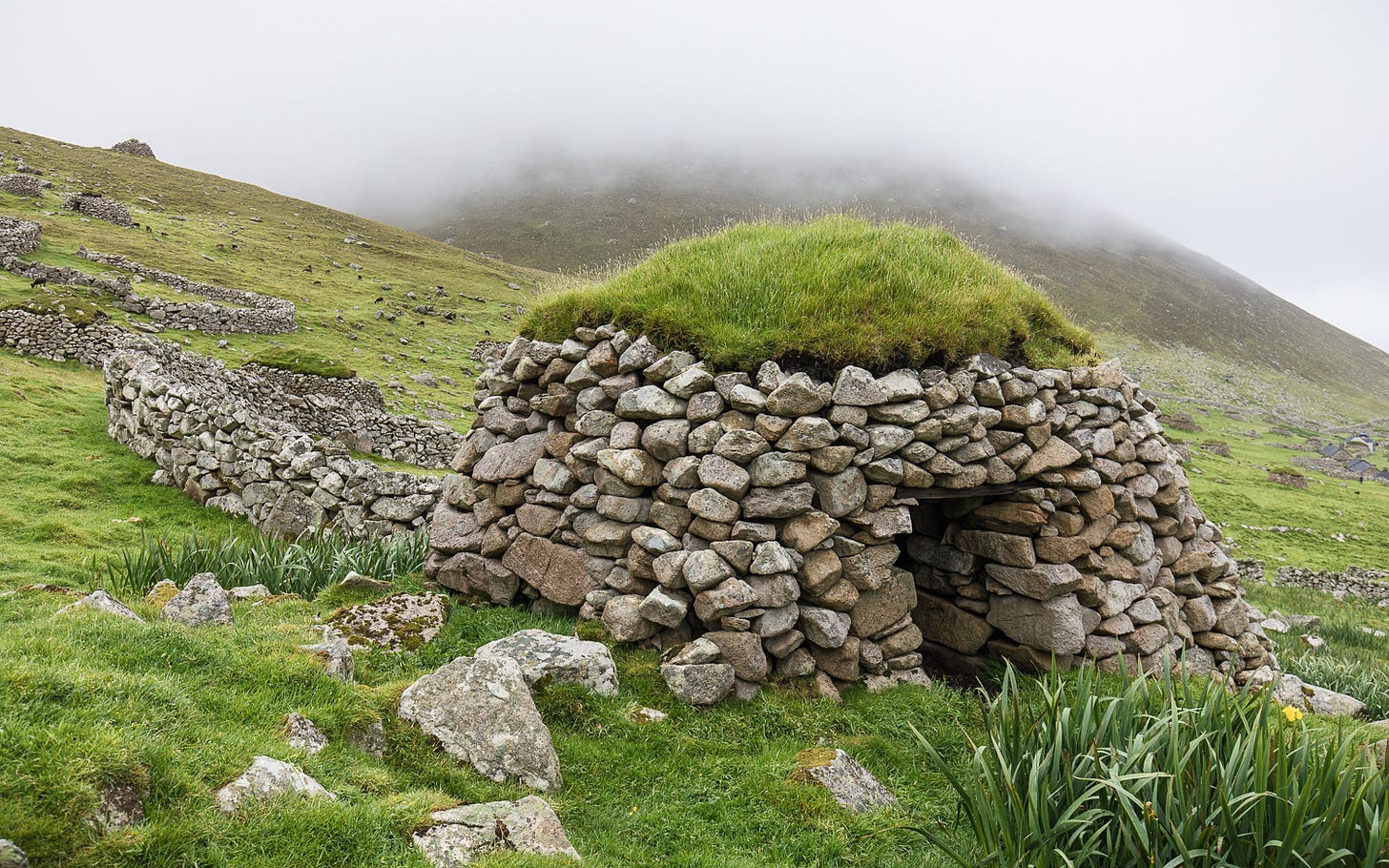

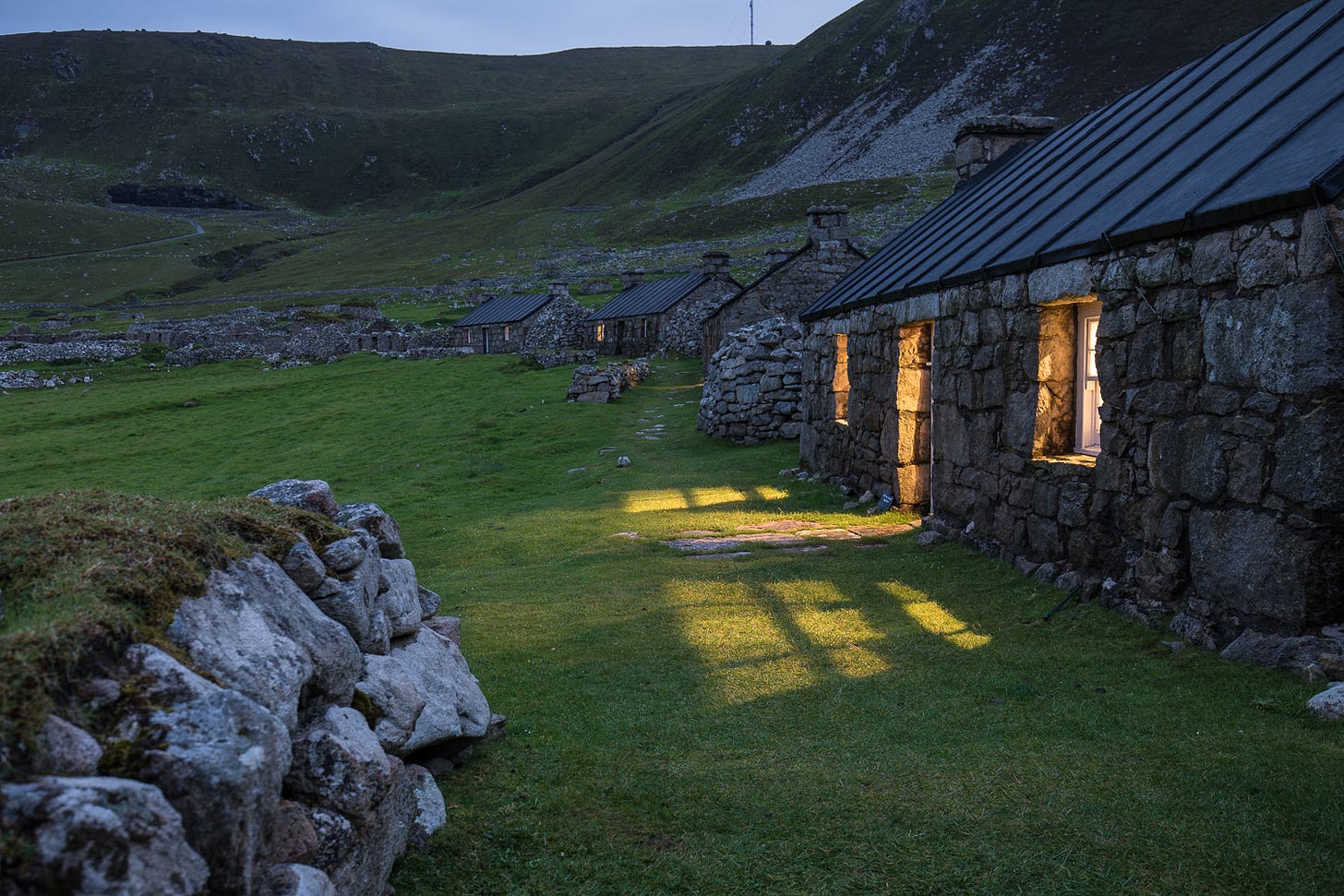

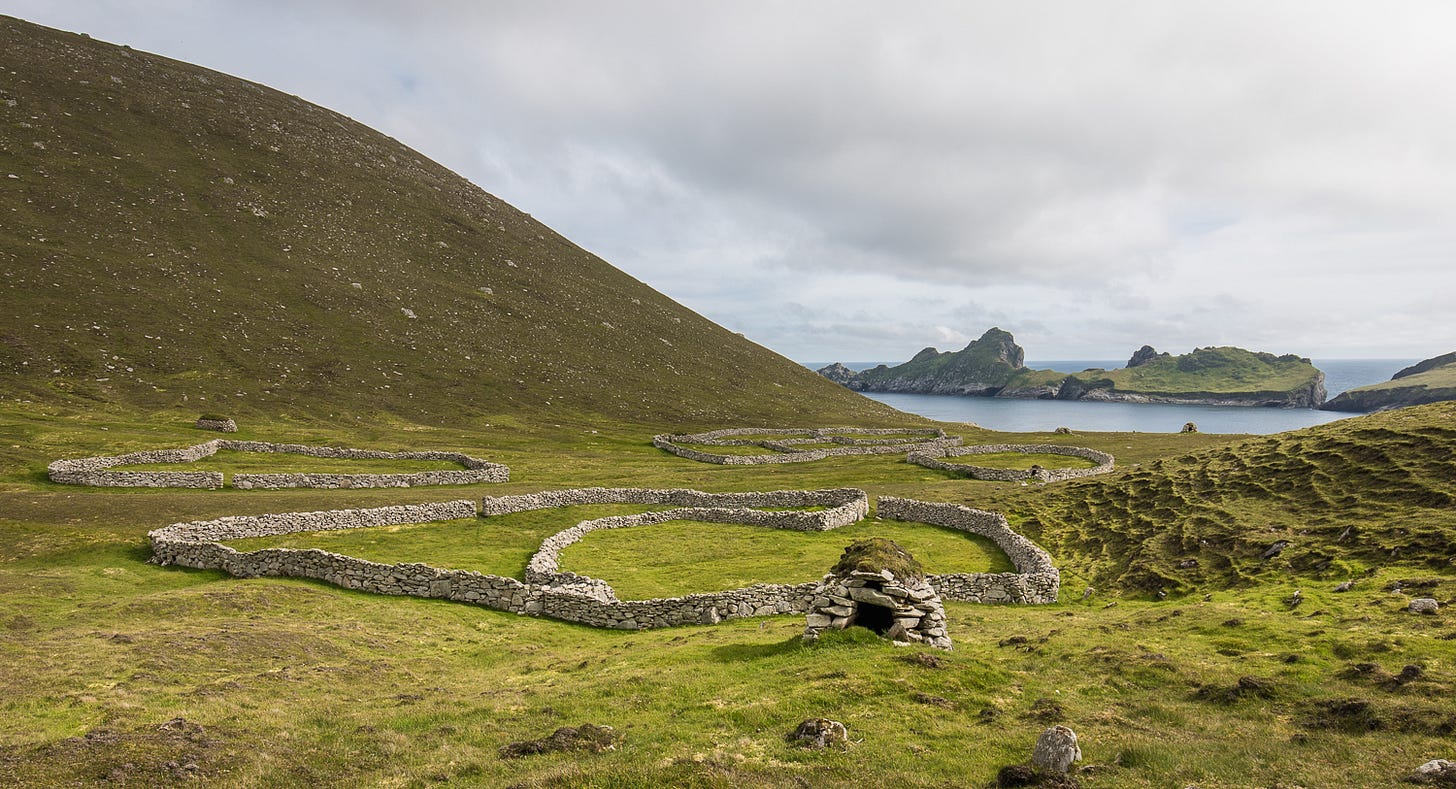
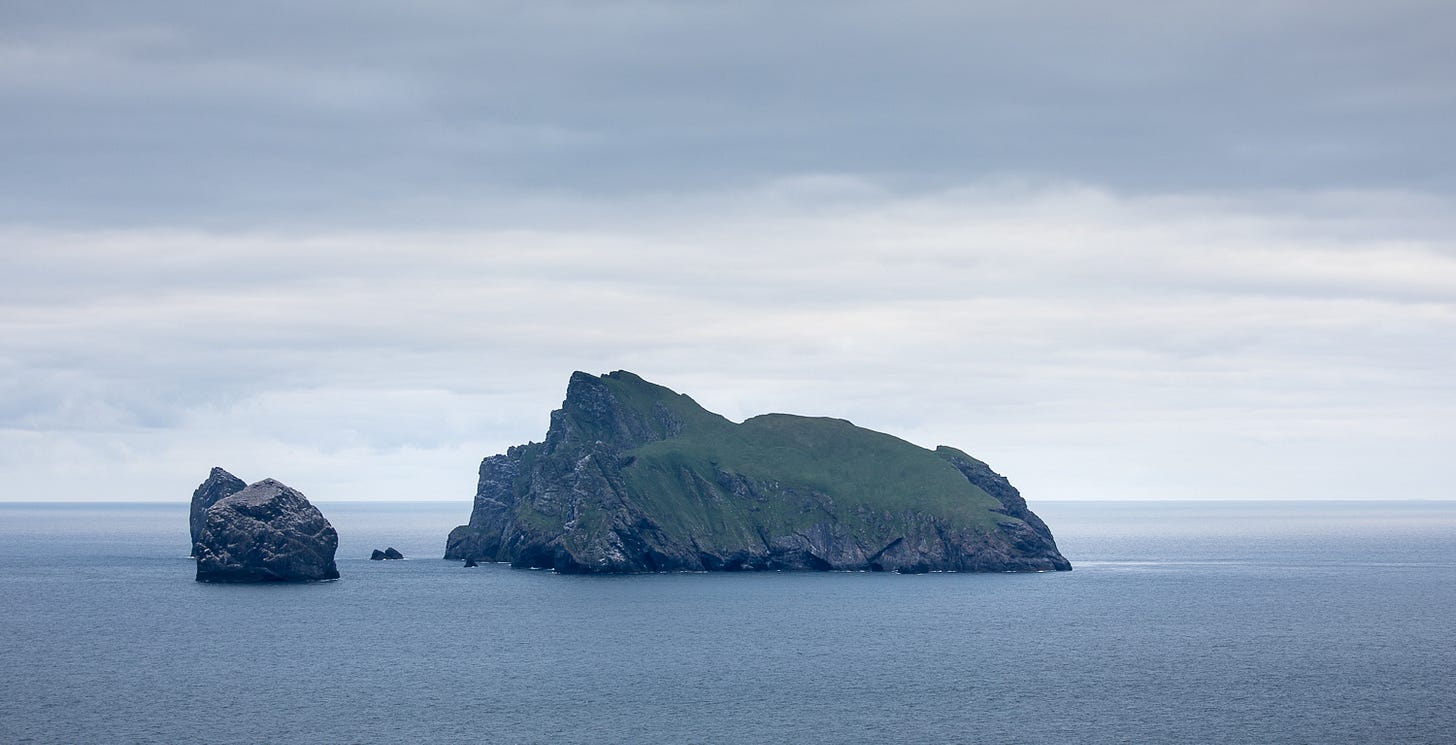
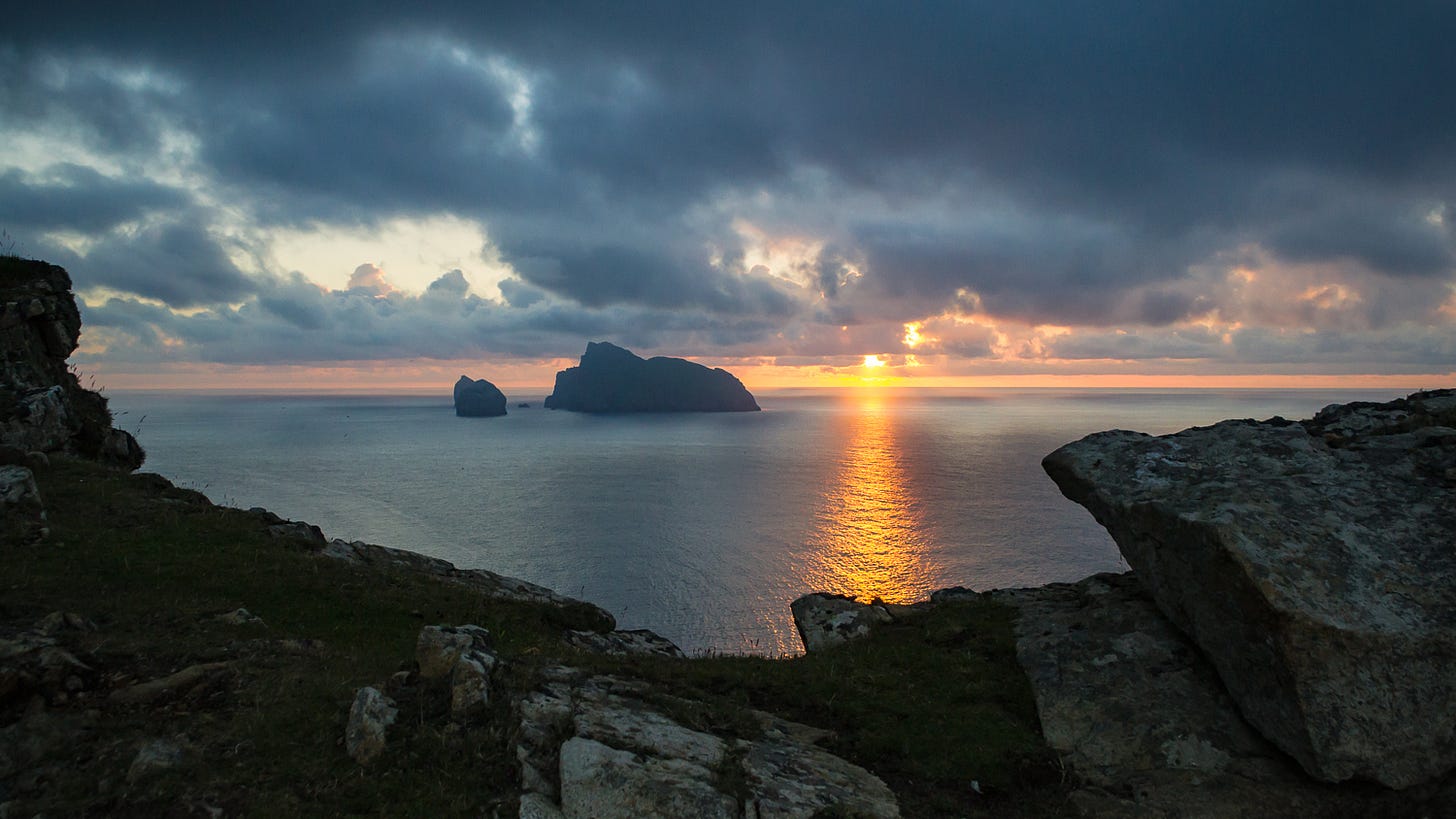



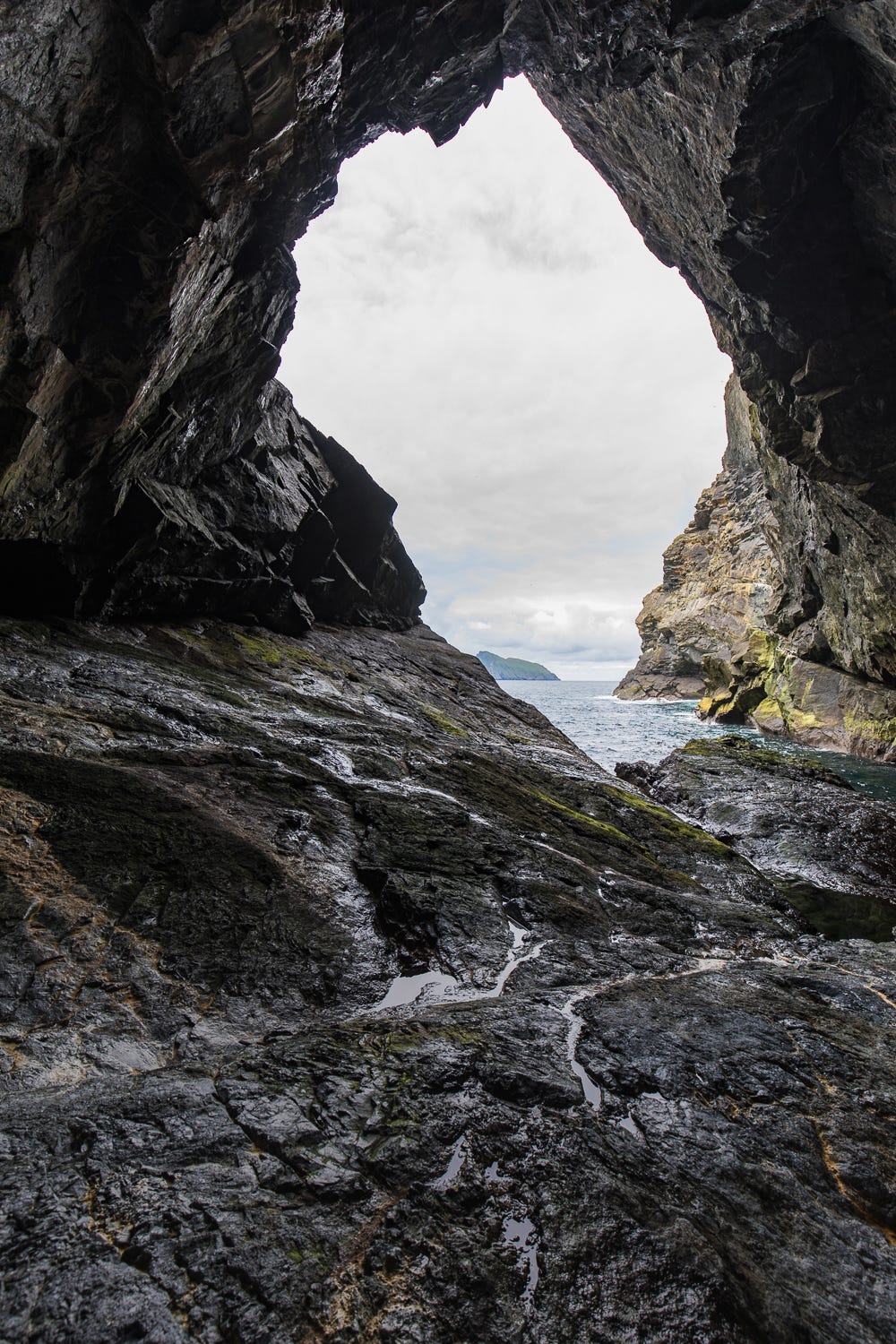


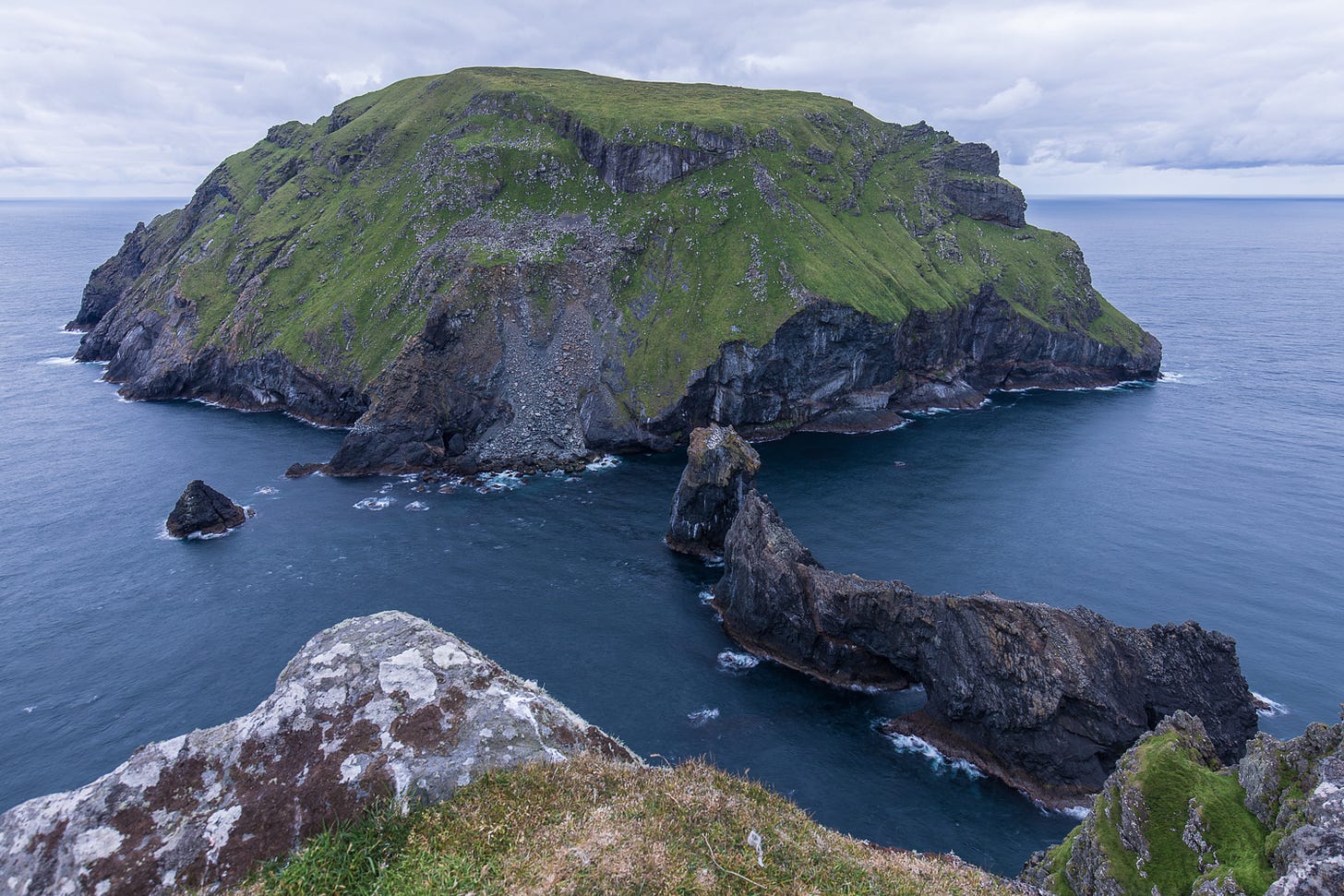
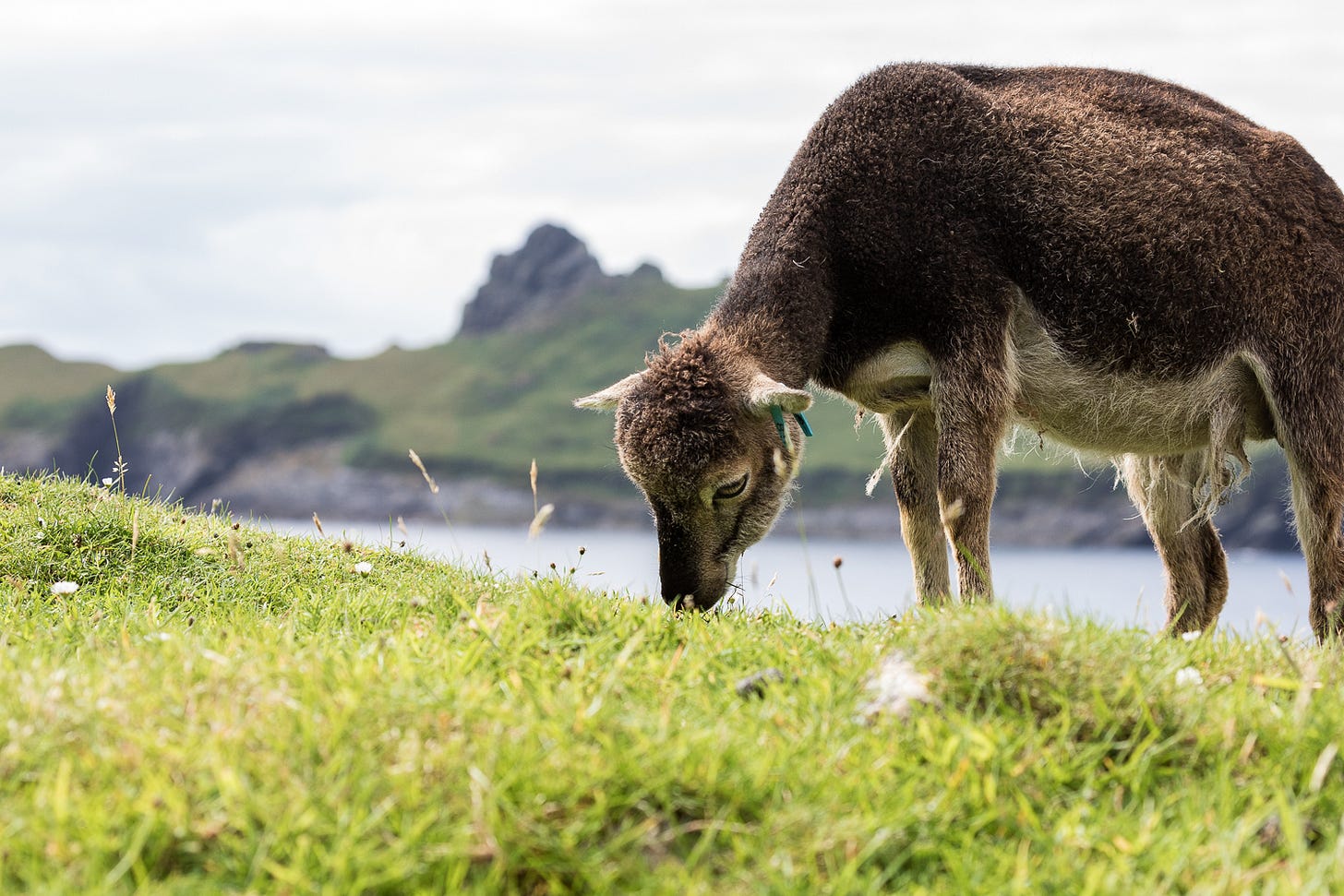







What an excellent introduction to such a wild and wonderful place. Definitely on my growing list of must visit spots.👍😃
Just wonderful, Lynn. Fascinating. And your enthusiasm shines through. I’ve long wanted to visit St Kilda (have you read Cal Flyn’s book by the way?) I really loved looking at your photographs.